Oct 15 2009
Tormentine’s been left behind
I can’t help but be awed by Confederation Bridge. By any standard, that’s a huge bridge. On a trip to P.E.I. during the nineties, at the beginning of what was supposed to be a trip across Canada, I saw the bridge in mid-construction. I saw it from the ferry, which would soon be replaced. For the ferry’s staff watching that bridge being built must have been like a condemned man watching carpenters build the scaffold he’d hang from. I don’t know, though, because I didn’t ask anybody. In fact, I had no idea the bridge was going to be anything but good for everyone.
Before that 1996 trip even began, though, on the road from Fredericton to the ferry, the drive shaft fell off the old truck I had bought. That alone should have warned me to abandon the whole cross-Canada trip, but I had committed myself to it and there I was. It wasn’t a pleasure trip and I don’t think about it much anymore. However, being in Cape Tormentine again this summer it was hard not to superimpose the two trips, the one with my son over the one with Elaine. The only consistently delightful thing on that former trip was my son, Christopher, who was 11 at the time, who chattered incessantly to everyone and always seemed to be happy just to be there with me. He’s a soldier now.
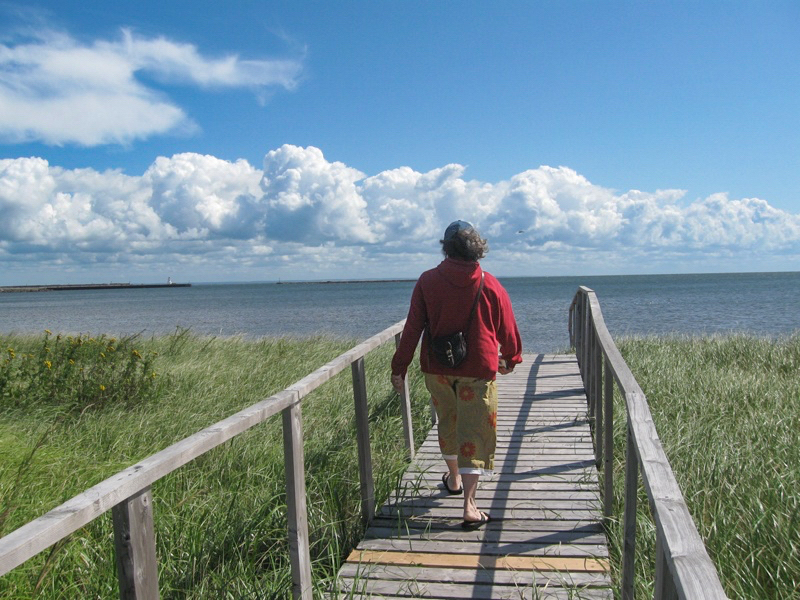
Tormentine’s weather as wonderful as I remember it
This summer, on the first of two trips to Cape Tormentine with Elaine it was the sunniest of days with the freshest of breezes. It had all the makings of a perfect day. Perfect for traveling, for taking photos, but most of all, it was perfect for being with each other. Our happiest times together are when we’re in the car going someplace. It doesn’t have to be somewhere new because we are always new and see things around us with new eyes and more memories.
I wanted to go to Cape Tormentine because in my mind it is an exciting departure point. My very first trip there, back in 1977, I was with another young soldier, Randy LaPointe from Lorne, N.B. We had hitched to the ferry from the army base and walked on with our packs on our backs and no cares in the world. It was sunny then, too. It was a good trip for both of us.
The next trip was still as a young soldier but alone on my motorcycle. I remember a hostel or two, some beaches, but mostly I remember the ferry. I remember going to the front of the line because motorcycles boarded first and I remember being the first one off. There’s something about watching the ramp drop and the wharf appearing and getting the signal to disembark that makes you feel like you’re off on some great adventure. The weather then was unrelentingly beautiful. At least that’s how I remember it.
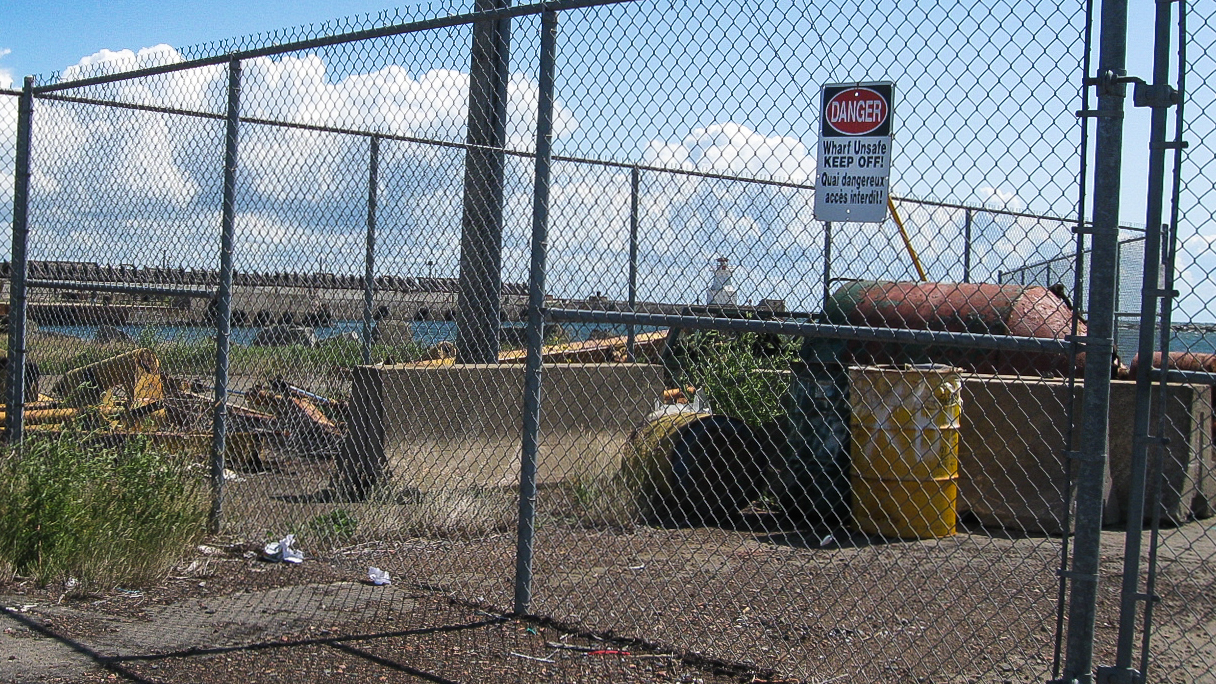
Something hangs over Tormentine
So, I had expected wonderful weather this time and wasn’t disappointed. It was indeed sunny. But times have changed. Something hangs over Cape Tormentine now that wasn’t there on any of those other trips and it doesn’t go away. It’s like standing at a site where a terrible accident no one can forget has happened. It’s a town that’s been left behind, abandoned.
A few families still live there, but it’s mainly a cottage and camping area now, which means there is no nasty, thriving industry to spoil a holiday. No trucks. No trains. No traffic. Nothing. Where people once parked their vehicles waiting to board the ferry the paint of the dividing lines is fading. The wharf isn’t being maintained and is now fenced off, condemned. The government buildings look dark and cold even on a sunny, summer day. The family restaurant that must have been thriving back then, looks suspended in time, frozen at the moment the bridge opened and the ferries stopped running.
Don’t get me wrong. I like Cape Tormentine and recommend the trip there. It still has loads more character than its usurper, Cape Jourimain, where the bridge begins. I like Cape Tormentine for much the same reasons the residents are bitter: it has been forgotten. In Cape Tormentine it’s always sunny but the mood is melancholy, which isn’t always bad, especially when you can close the book or you can get on the highway and leave.
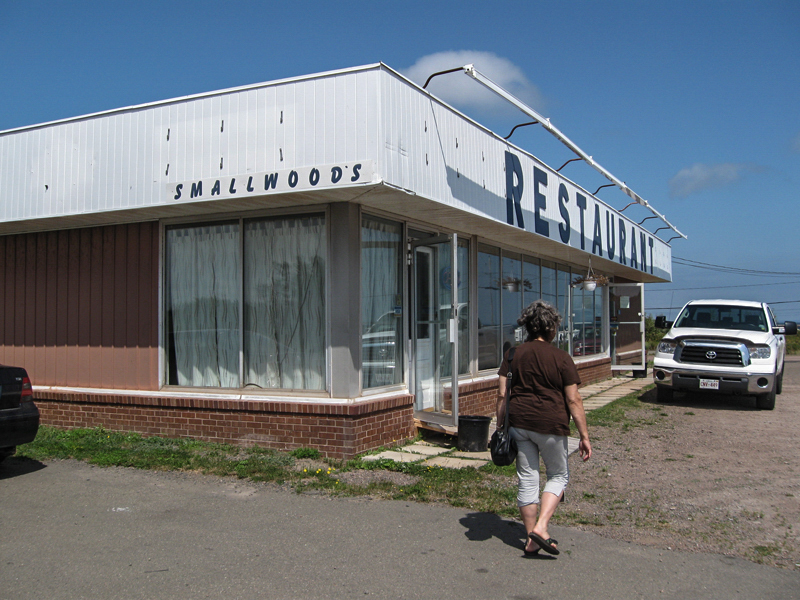
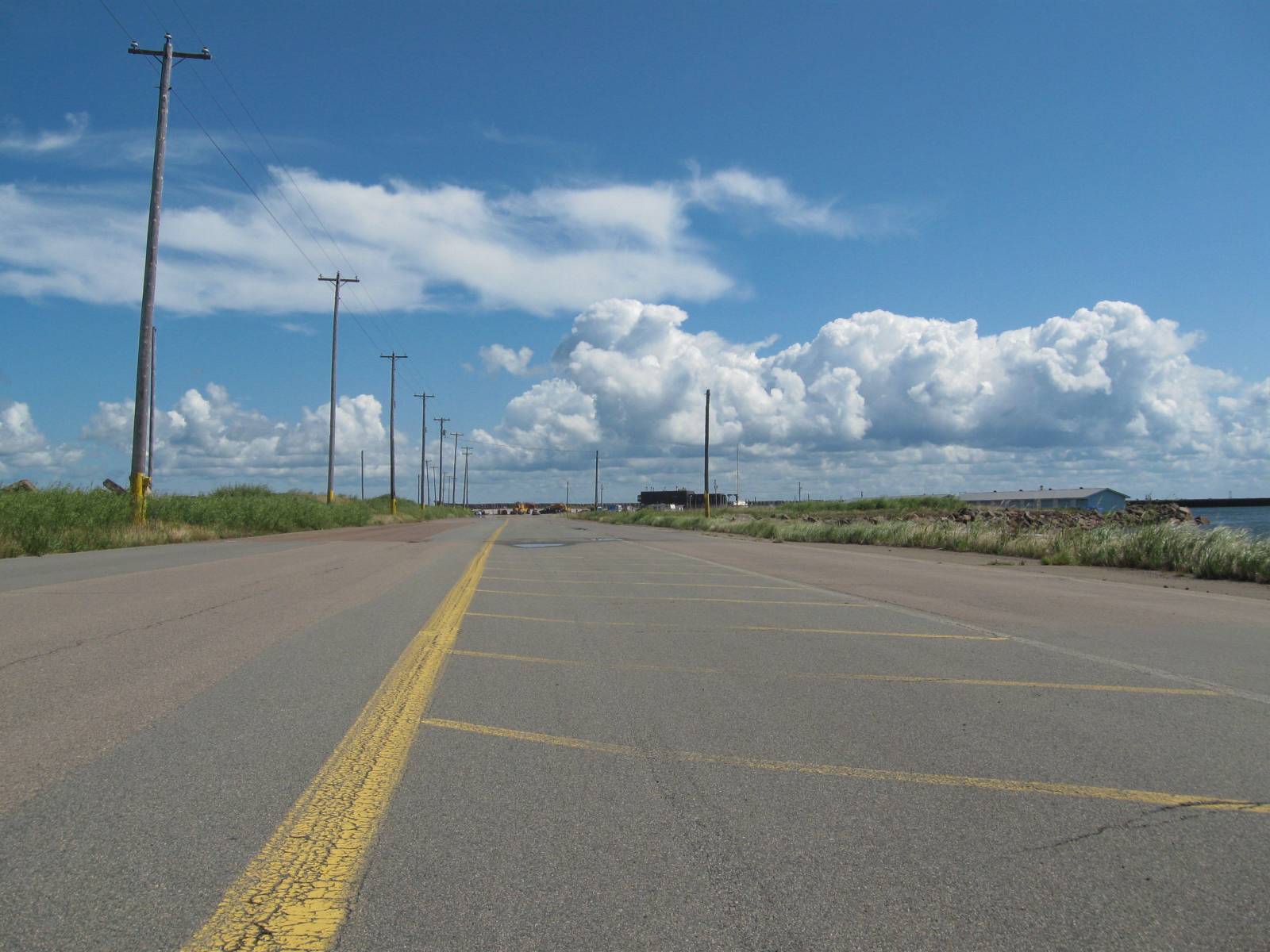
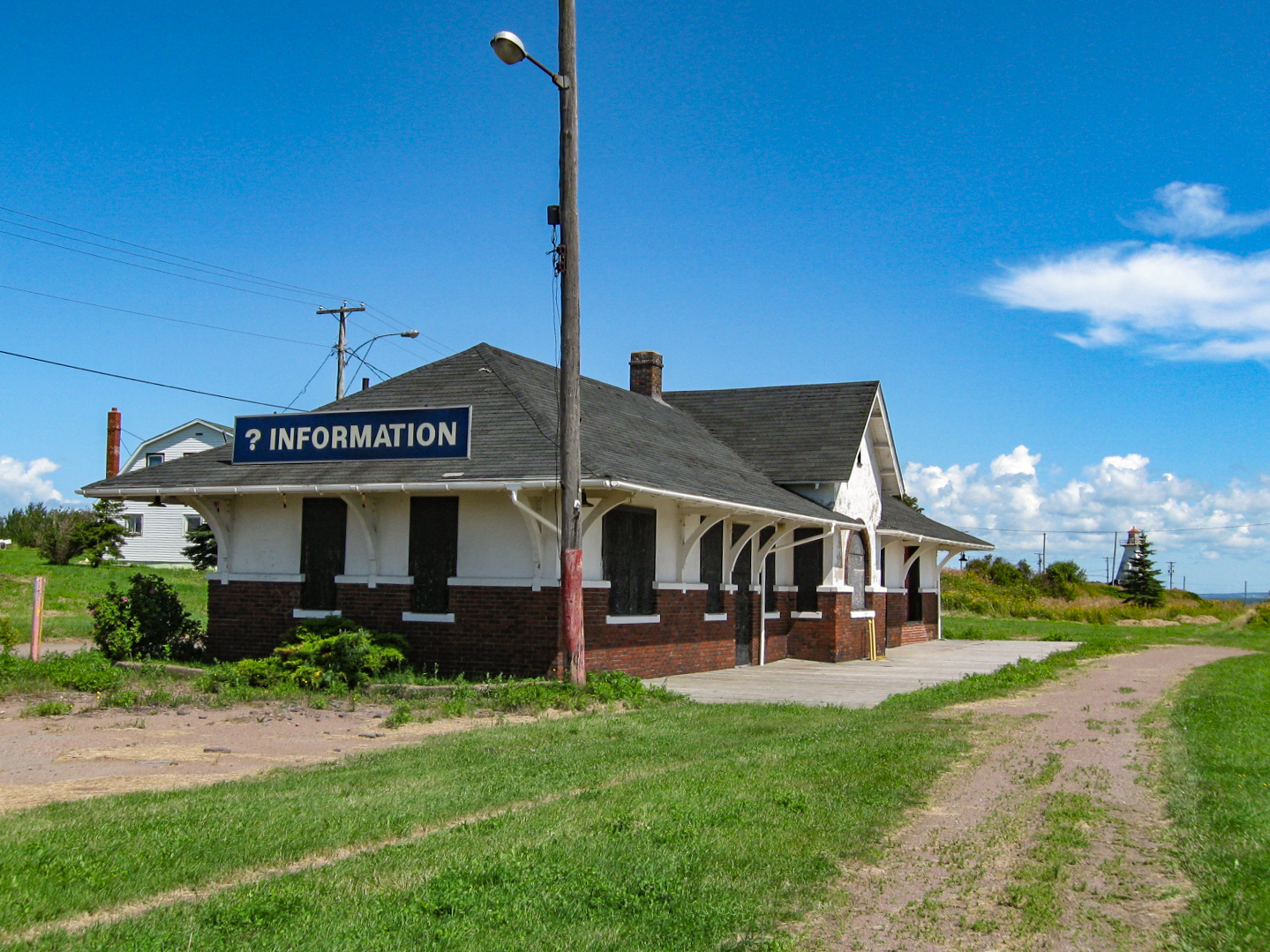
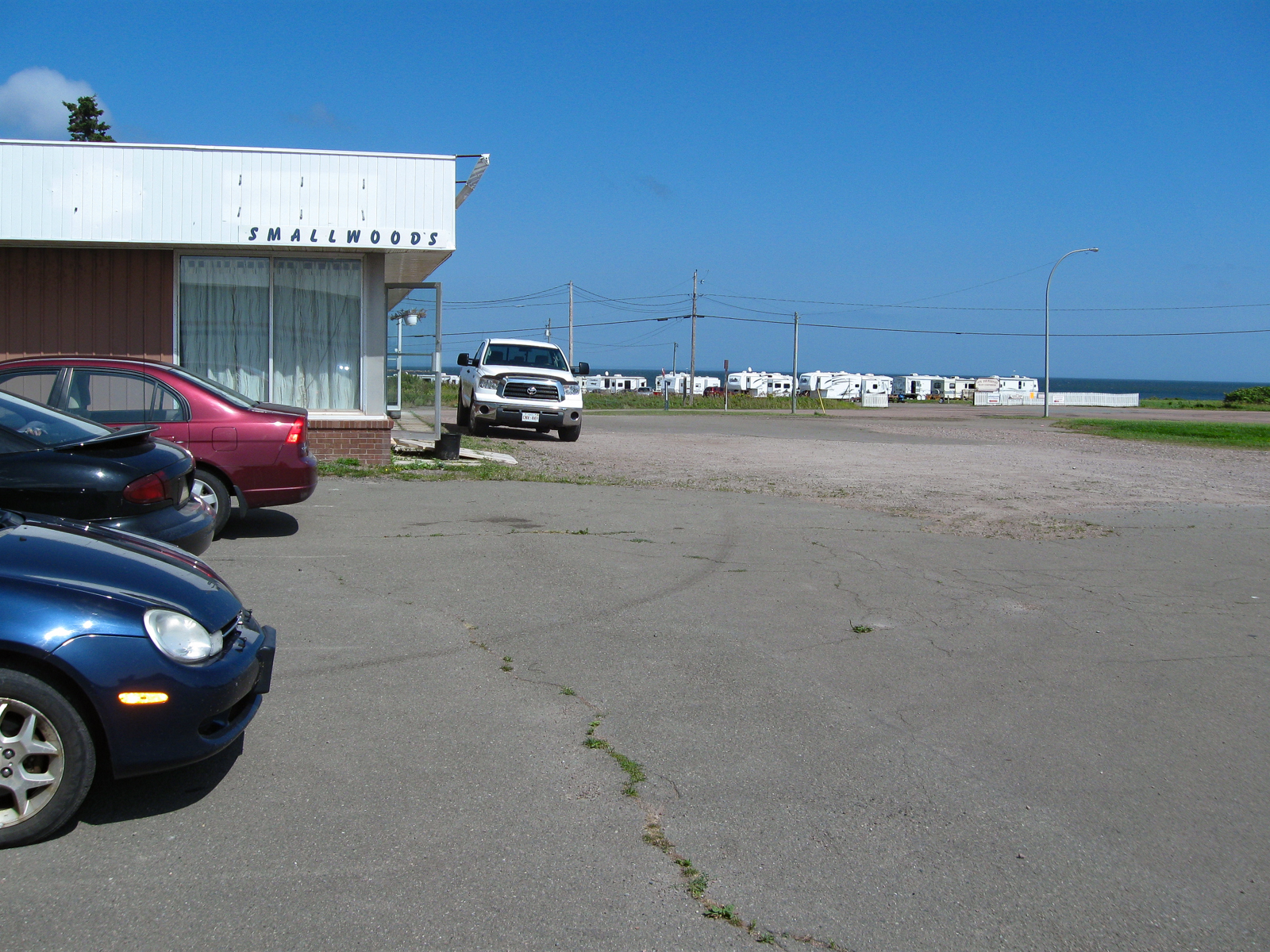
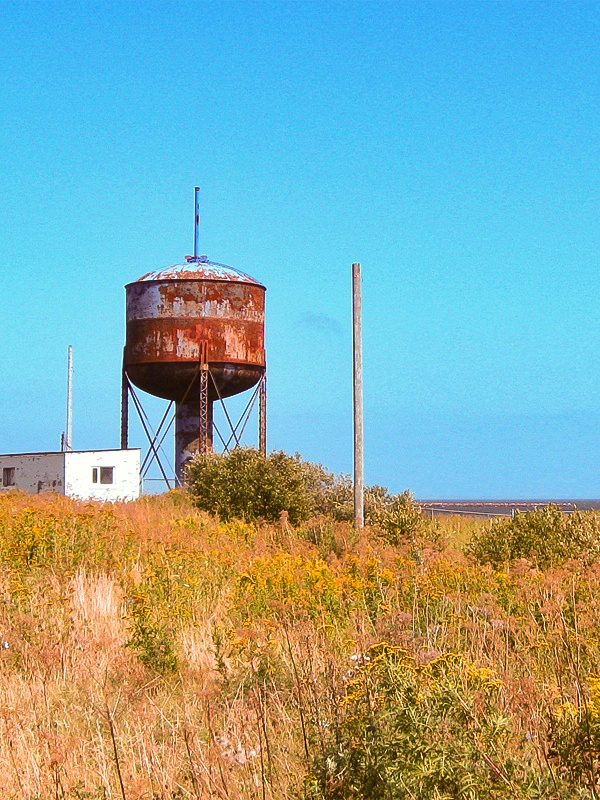
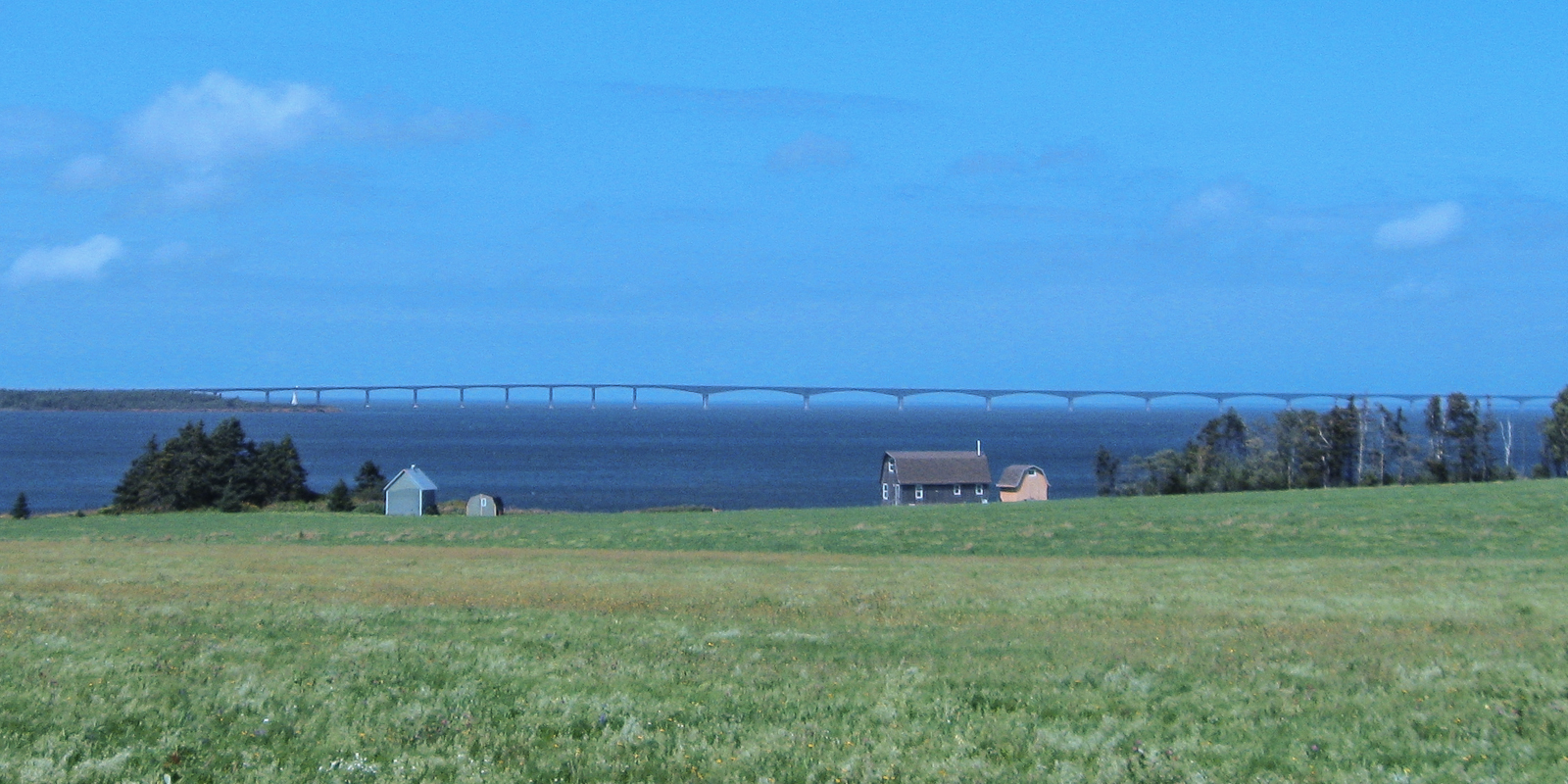
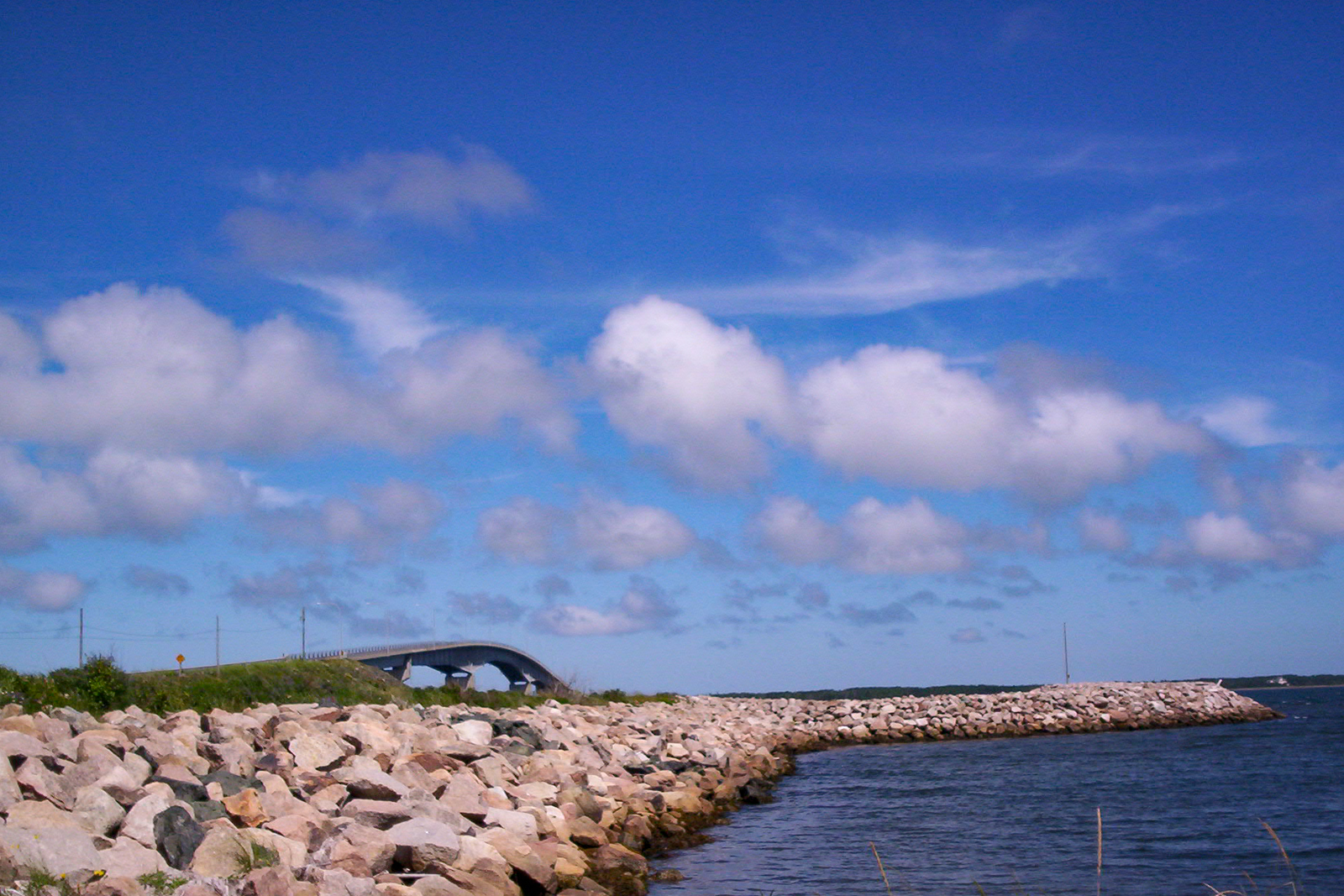

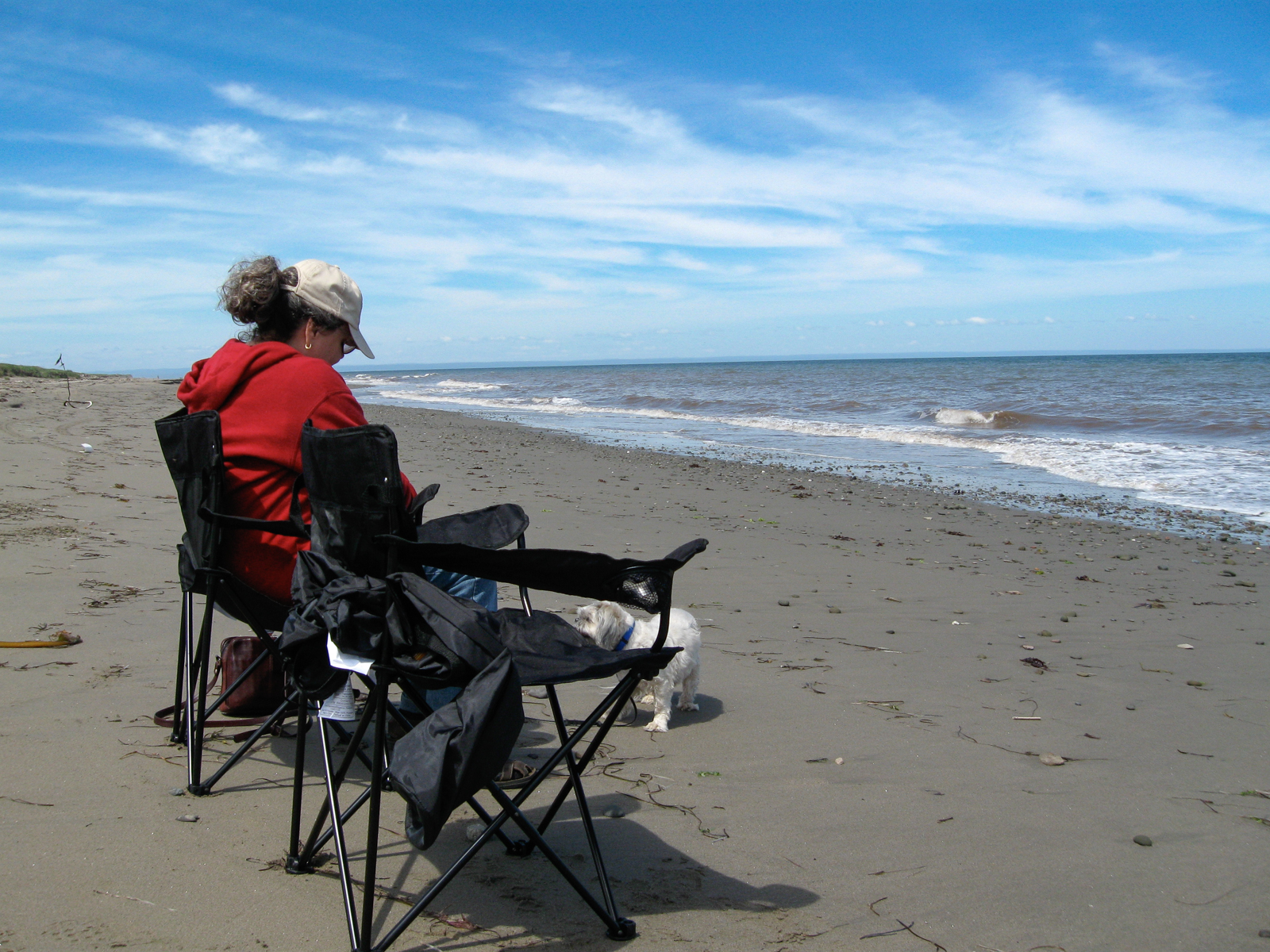
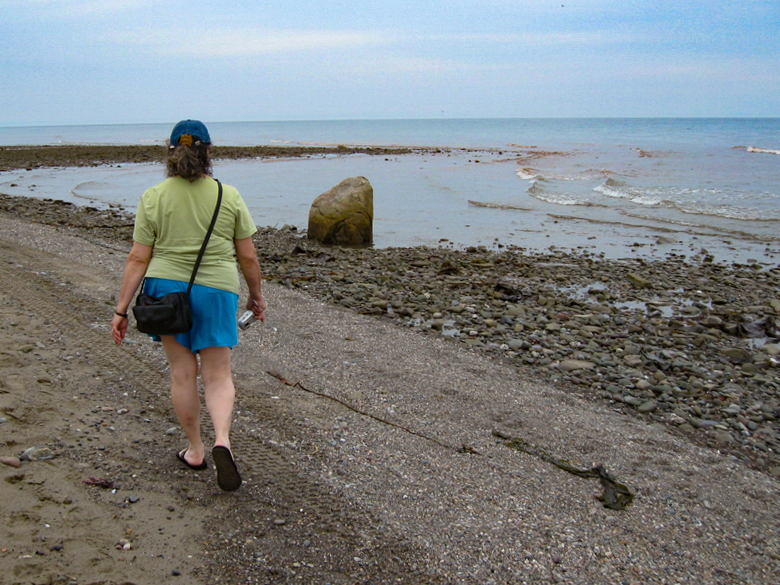
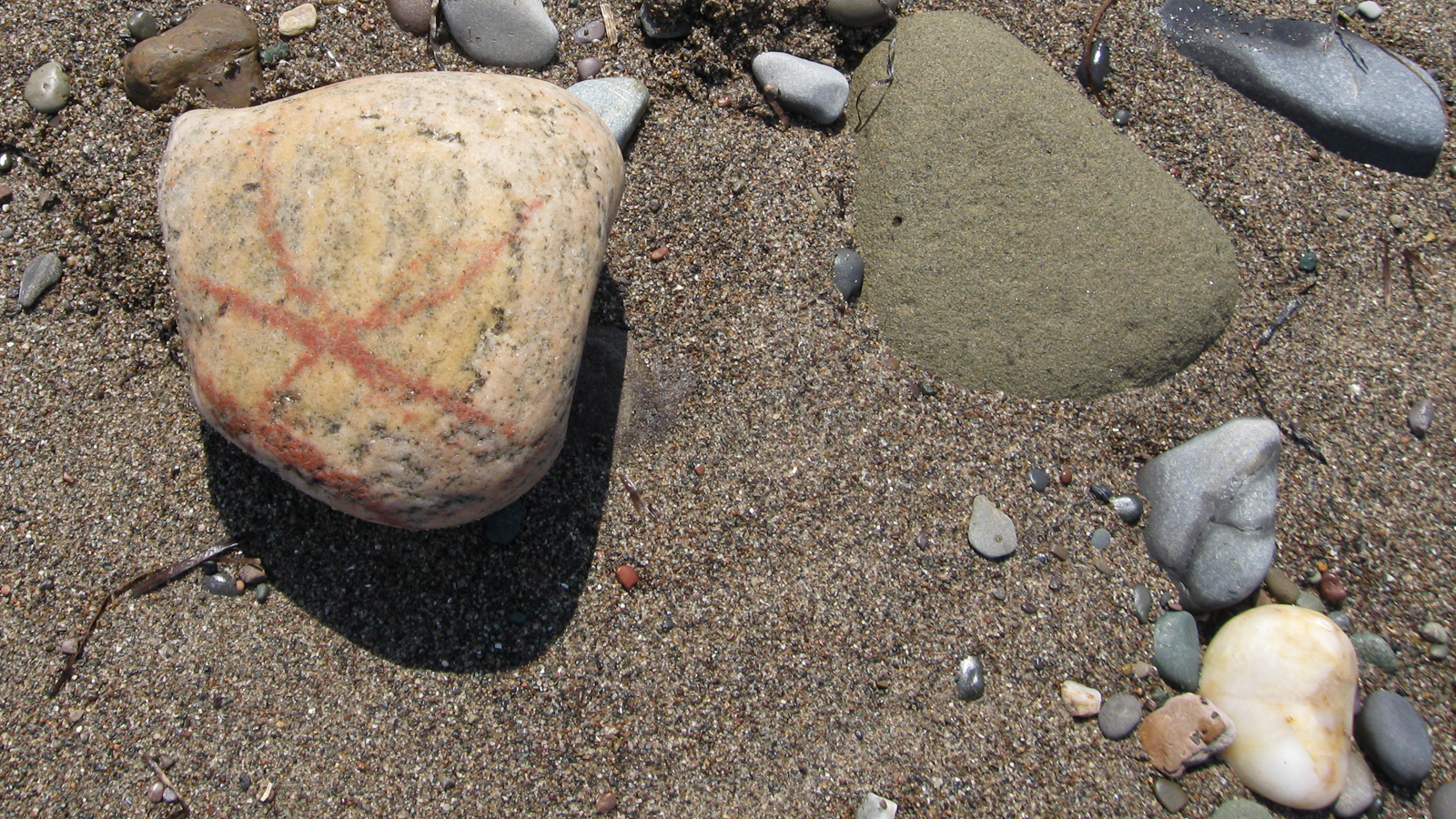
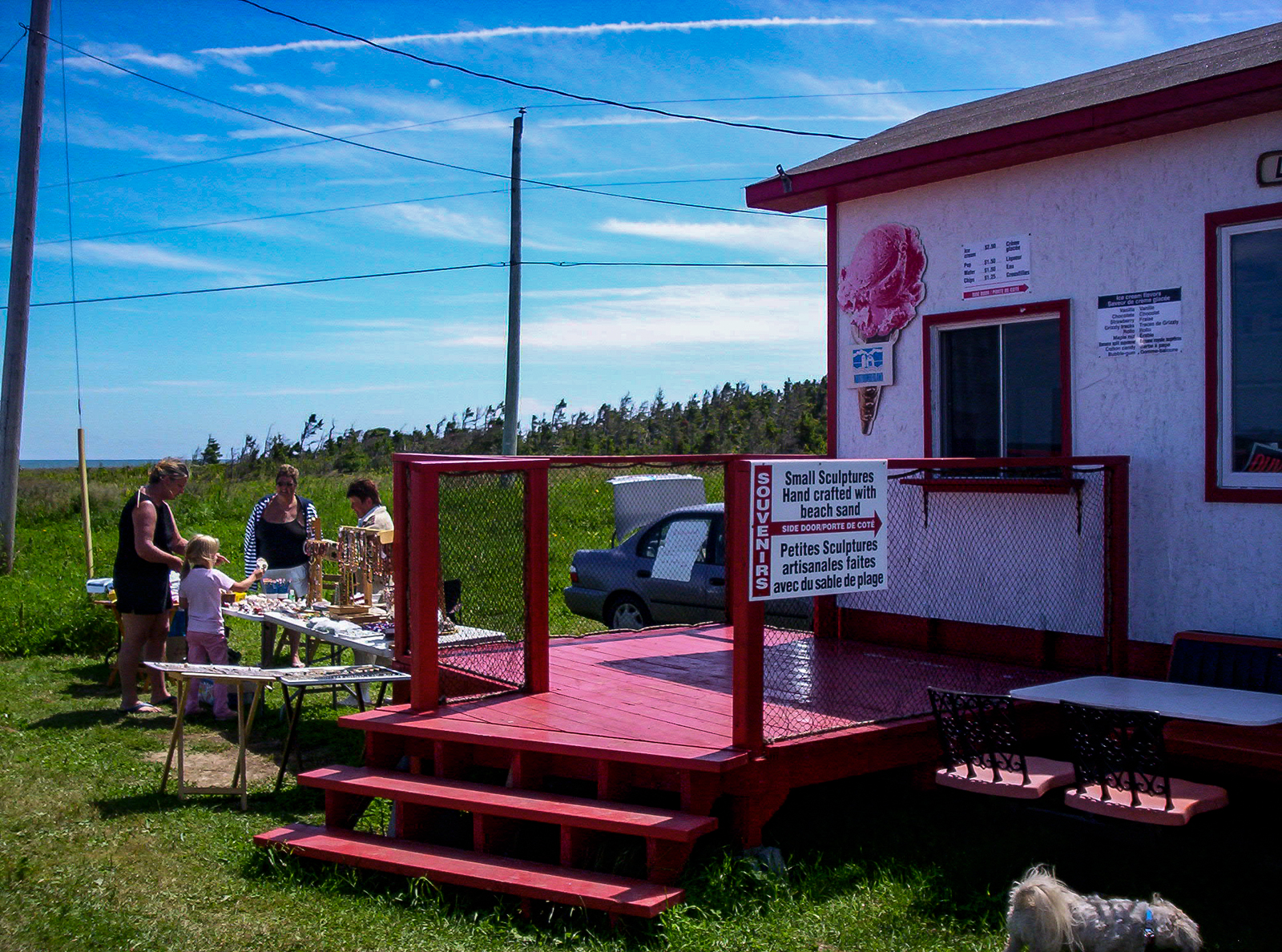

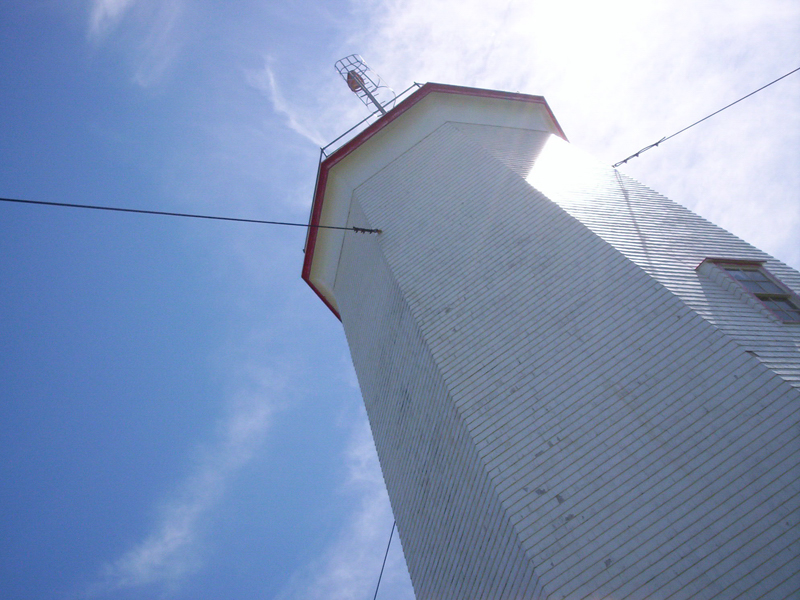
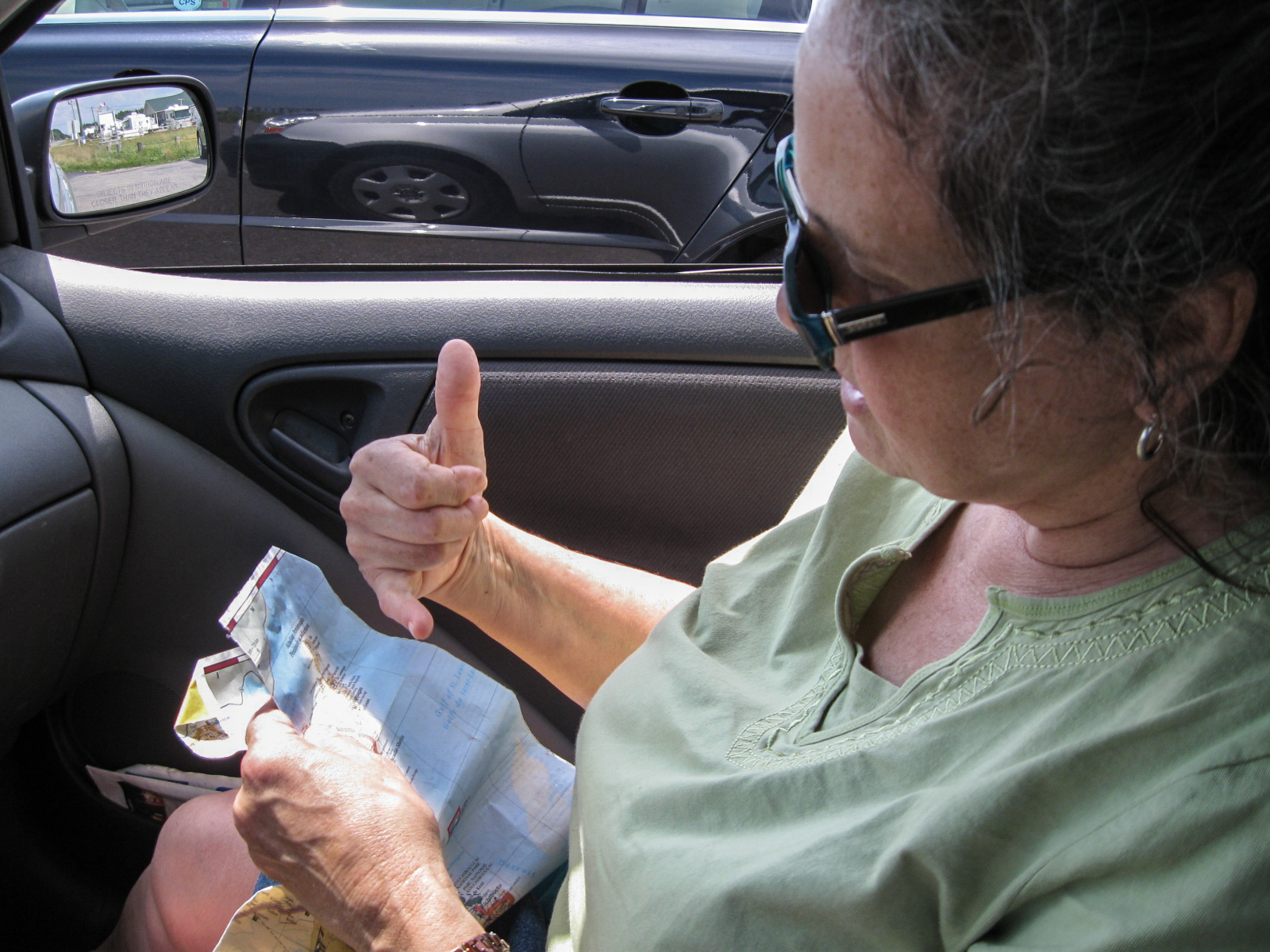
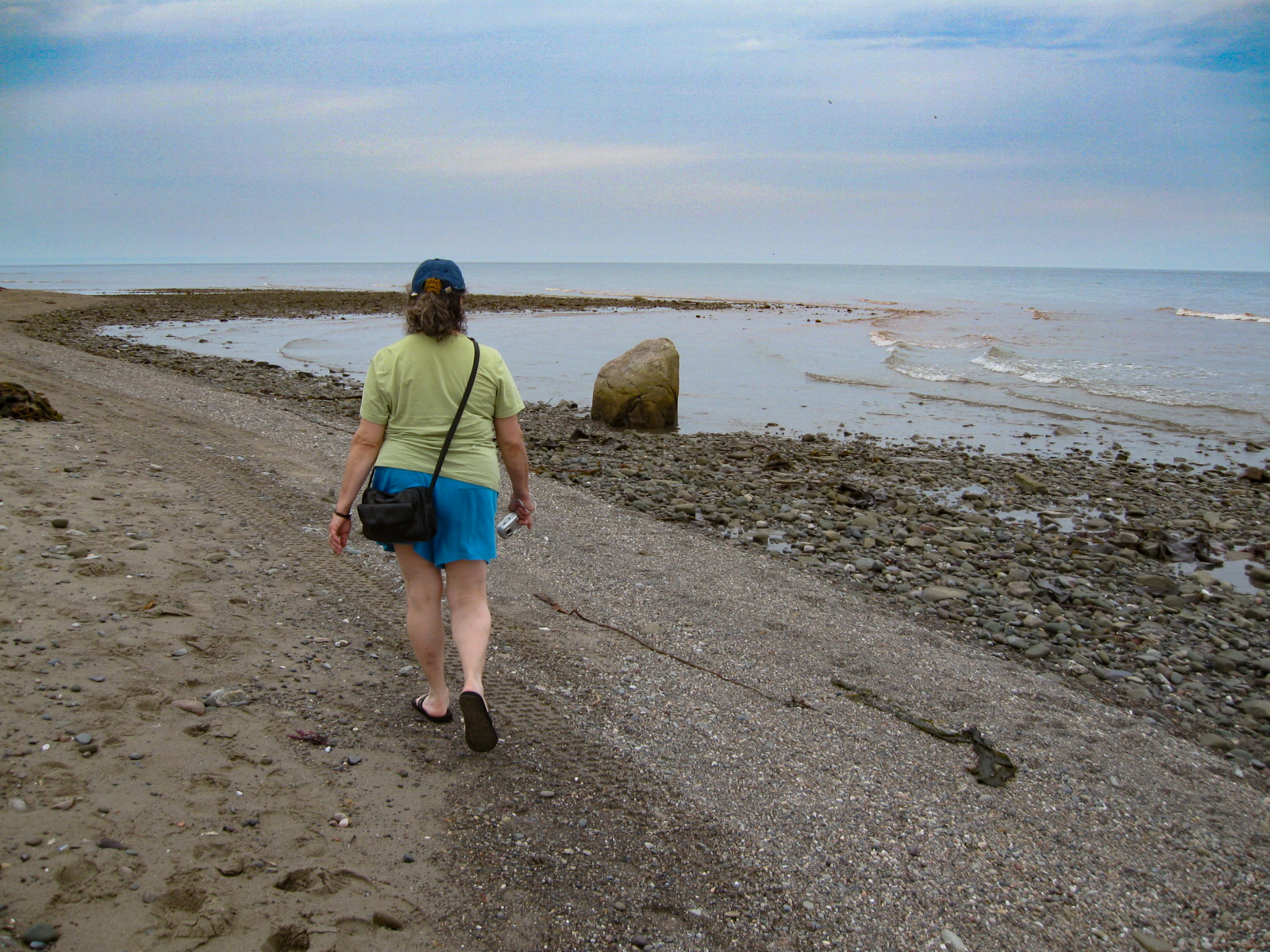
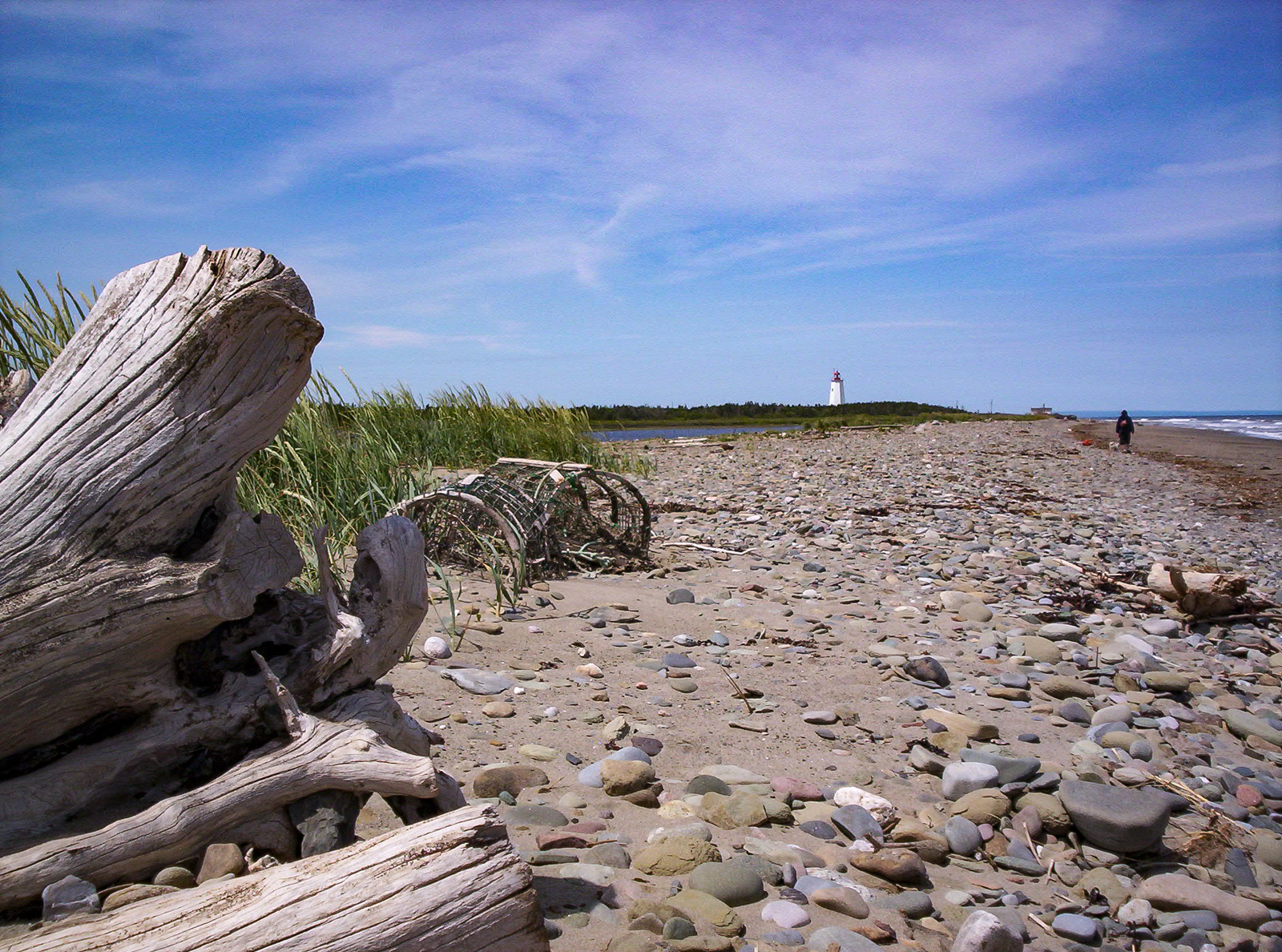
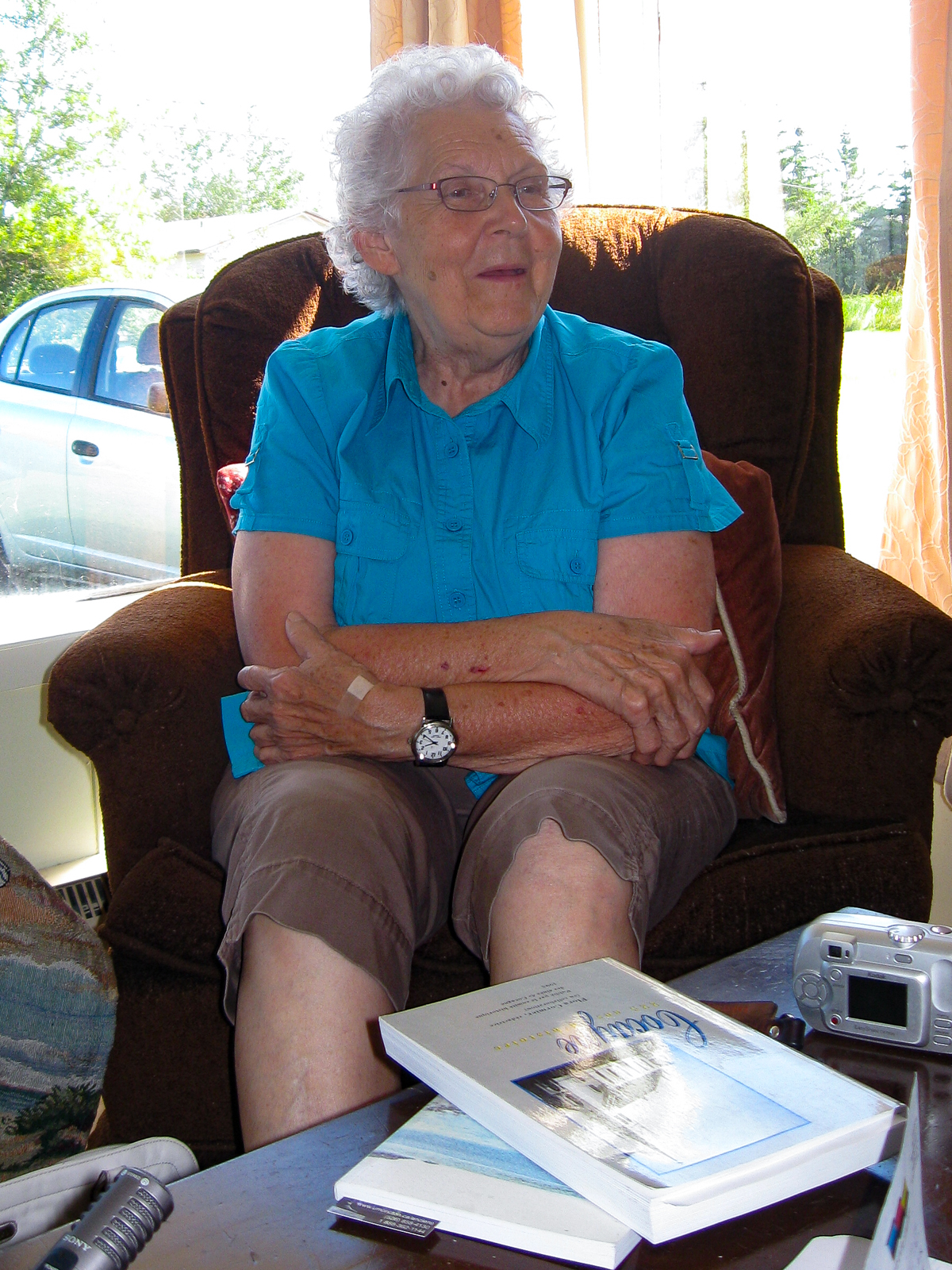
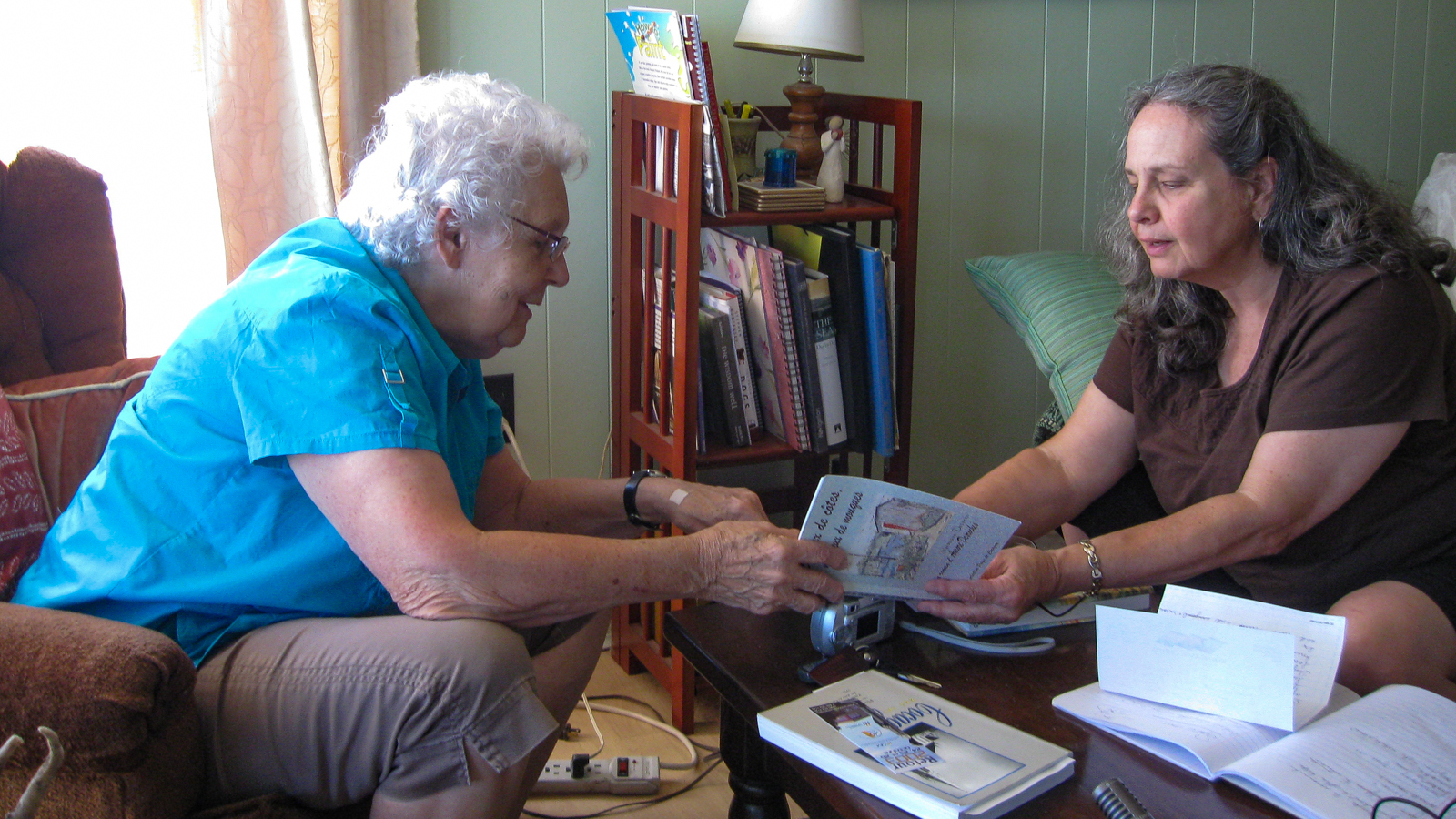
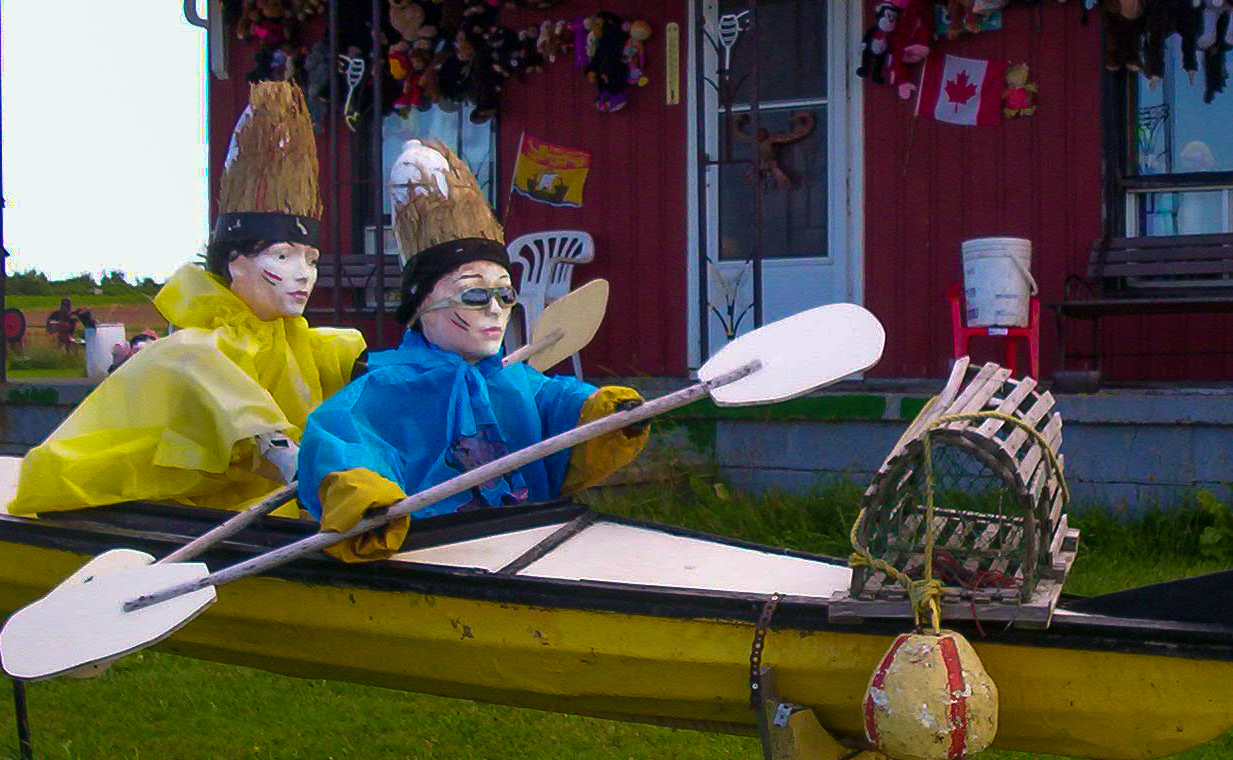
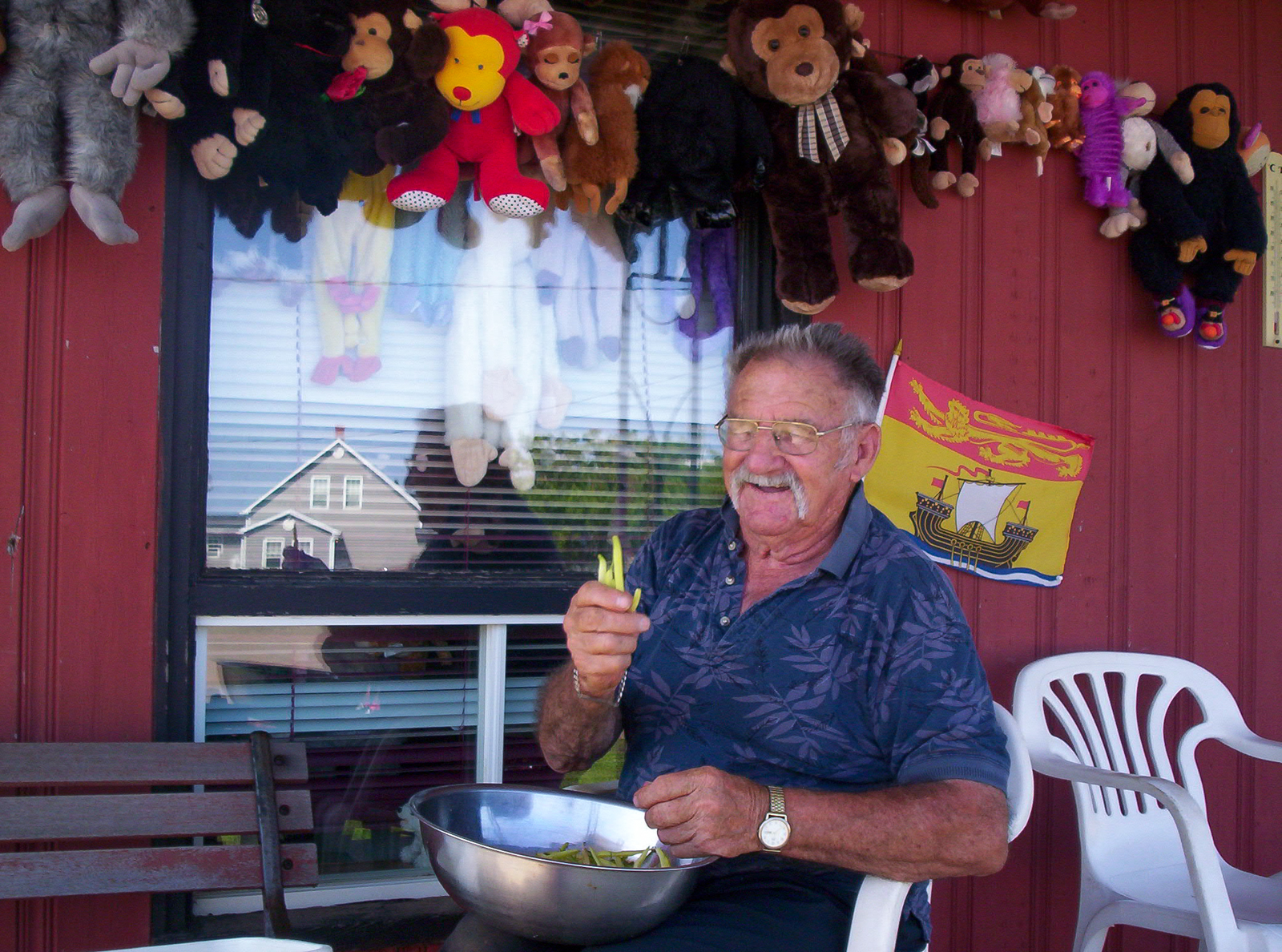
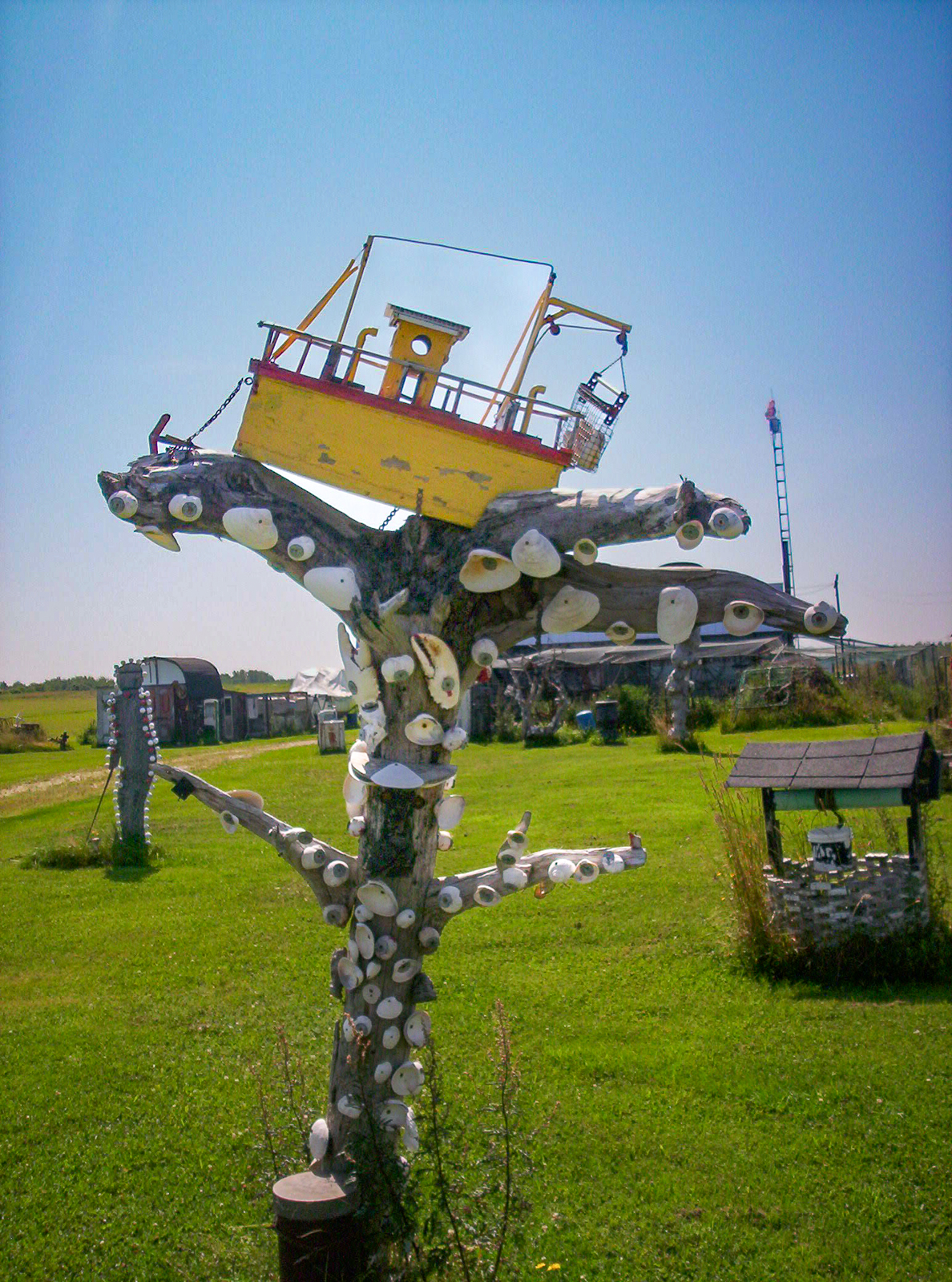

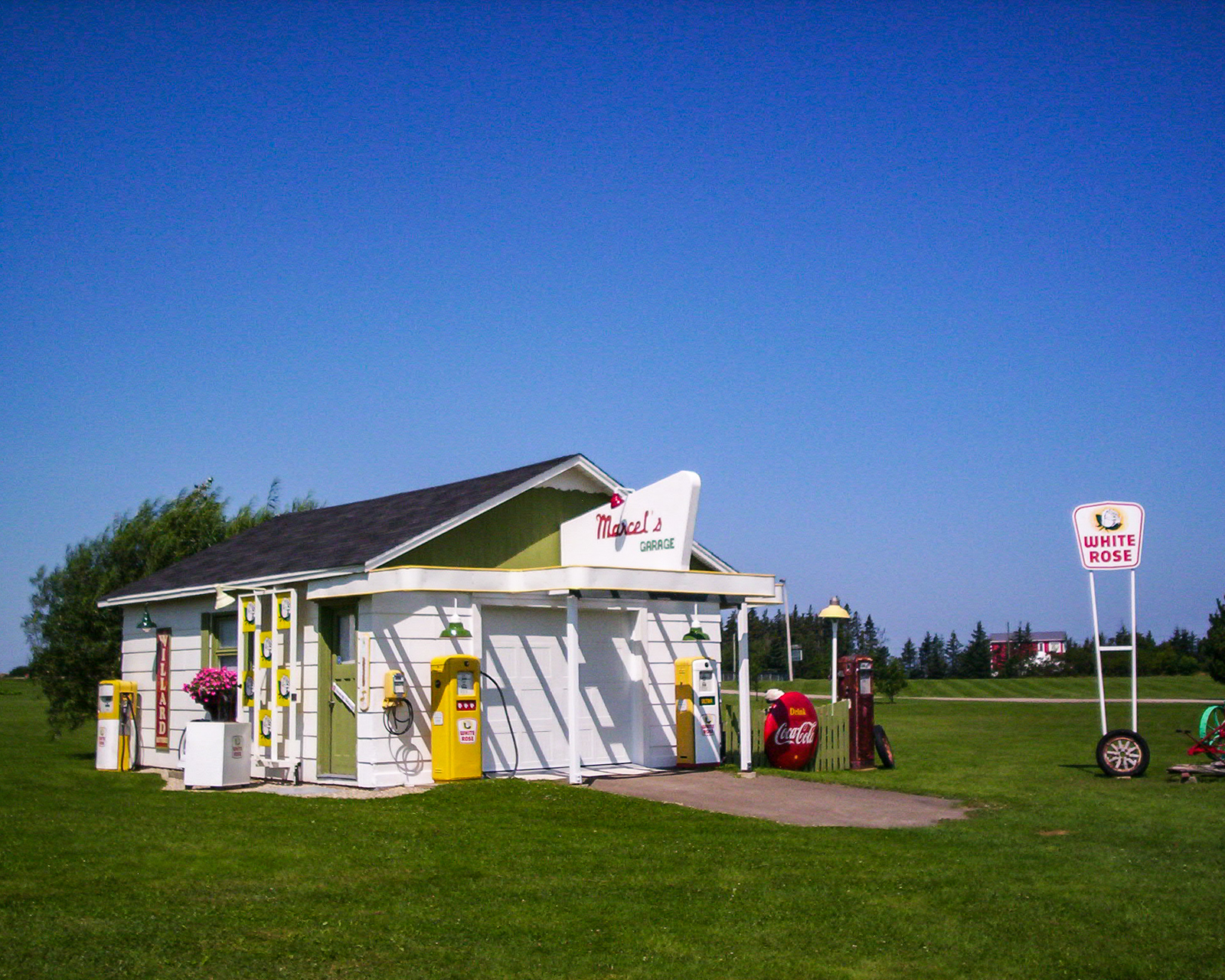
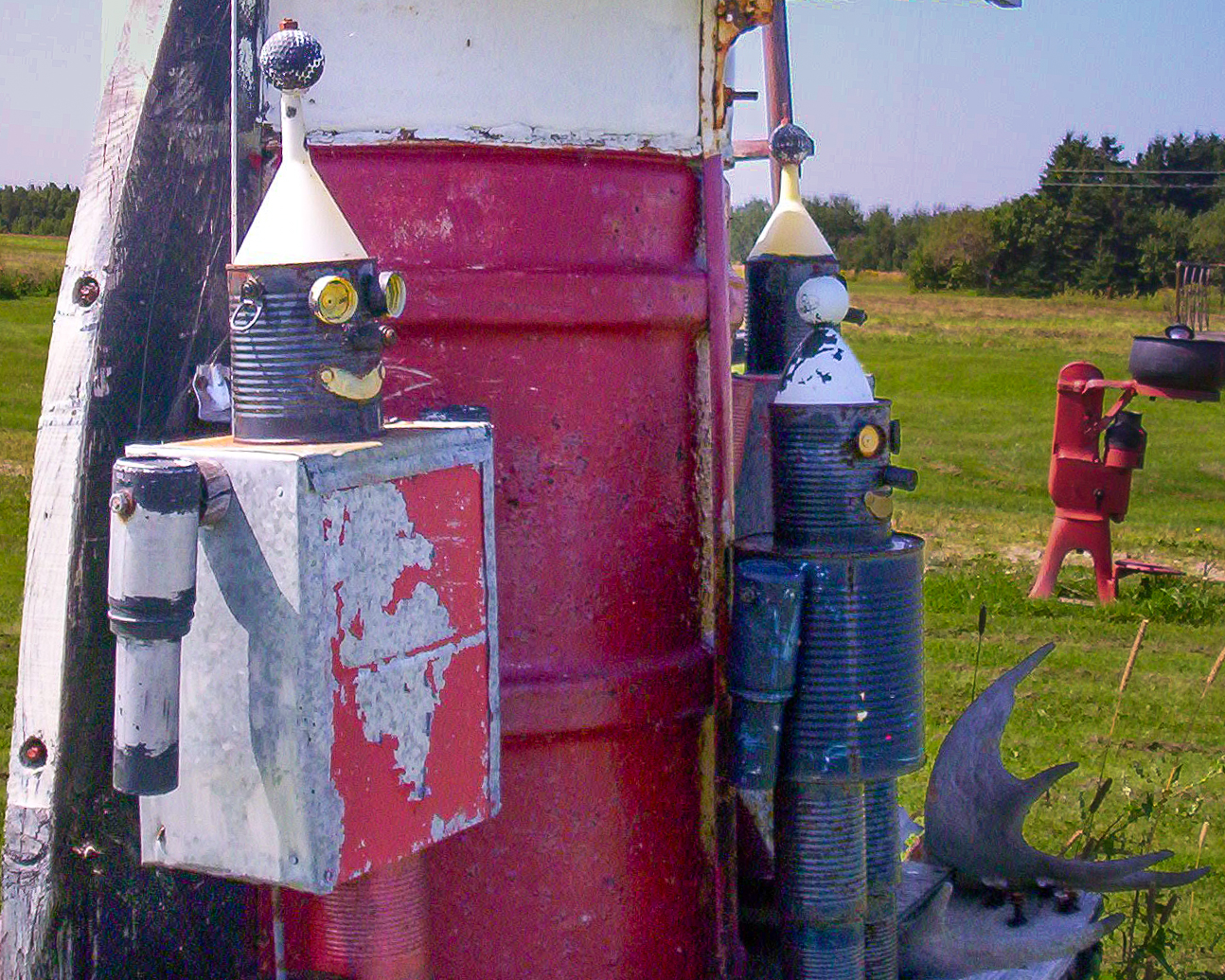

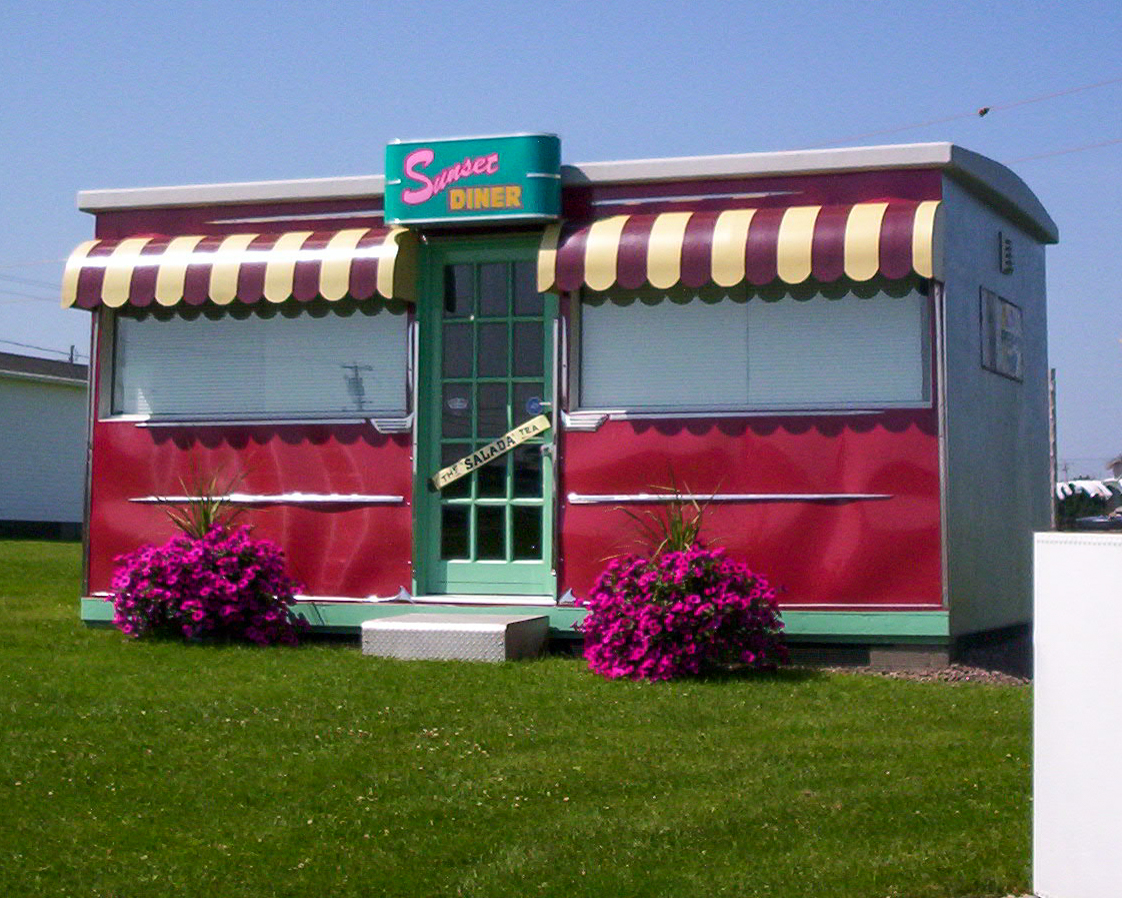
Jan 20 2010
Acadian expulsion ends in complete failure
Why here?
Of all the places returning Acadians could have chosen to begin again, why Memramcook? Like most contemporary travellers, I stood on a historically significant spot and wondered why this community, built on either side of the Memramcook River, became significant. It certainly wasn’t obvious to someone driving in from Moncton on the new Trans-Canada Highway.
What I should have done — and who knows, maybe I’ll try it someday — was pack up my family, Elaine’s family and several others too and starting at, say, Louisiana, make my way up the American Atlantic coast until I got near the original Acadie and head inland far enough not to be noticed and start looking for terrain I know how to work, like marshes that could be turned into farms using digues. Looked at from this perspective, Memramcook looks like an obvious choice to begin to recreate Acadie. In fact, it’s so obvious, one wonders how they got away with it and why the British weren’t waiting for them.
Returnees weren’t crows and they weren’t flying
A quick look at the map reminds one of how close to the ocean Memramcook is, a mere 15 km as the crow flies. But the returnees weren’t crows and they weren’t flying. They may have been sailing or rowing up, or trudging alongside the Memramcook River, a meandering, tidal river that eventually empties into Chignecto Bay, the bay that borders the original Acadie.
They did get away with it, though. The first post-deportation Acadian village, Village des LePlatte, dates from 1766, 11 years after the deportation began. I say began, because it was a huge undertaking and took several years, starting in 1755 and ending roughly around 1763. Given that the first new village dates from 1766, one can see that if the goal was to completely expel the Acadians, then it had failed almost before it was even completed.
A vibrant culture hundreds of thousands strong
Of course, that’s my view, the view of someone sitting comfortably in a Canadian home in 2009 basking in the safety of a modern democracy where governments apologize (however, obliquely) for past wrongheadedness like the deportation. Still, it’s hard not to think that Acadie has succeeded after all. The original Acadians were a people, not a country, distinct from their motherland and from the conquerors. They still are distinct. And they’re hundreds of thousands strong now.
By Archie • First Page, Memramcook, New Brunswick